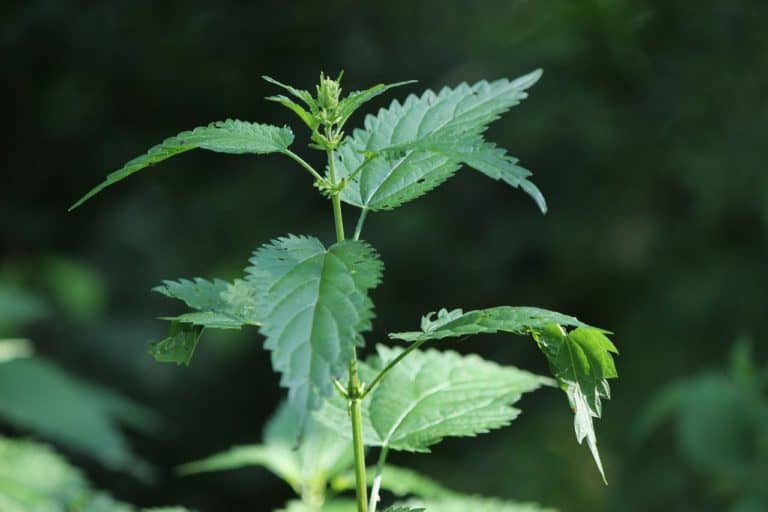Treatment of Peyronie’s disease with vitamin E is a natural therapy that can be used to relieve symptoms. Peyronie’s disease, which is also referred to as a curved or bent penis, seems like it is an unlikely condition that could be helped by taking vitamin E, but it may be effective.
First it’s important to know that Peyronie’s disease is an inflammatory condition in which plaque (scar tissue) accumulates in the penis and causes it to bend. The degree of curvature varies, and the condition can be extremely painful, especially when the penis is erect. Therefore, erectile dysfunction is common among men who have Peyronie’s disease.
Treatment of Peyronie’s Disease with Vitamin E
Vitamin E is a potent antioxidant that has anti-inflammatory properties, but it has not been effectively explored as a possible treatment for Peyronie’s disease. In fact, the only earlier report of Treatment of Peyronie’s disease with Vitamin E is from 1993 and was presented at the US National Institutes of Health conference that year. Although the authors noted a 99 percent improvement in pain, 70 percent of the more than 100 men in the report had no change in symptoms after using vitamin E, so the results of the study were considered to be unreliable.
Now a new study has examined the possible role of treatment of Peyronie’s disease with Vitamin E. A team in Italy enrolled 70 men with Peyronie’s disease who were assigned to one of two treatment groups. The men in Group 1 were given a combination of vitamin E, blueberries, propolis, a verapamil injection, and topical diclofenac. Verapamil is a calcium channel blocker used to help dissolve plaque. Diclofenac is a nonsteroidal anti-inflammatory drug typically used to treat pain and inflammation.
Men in Group 2 were given the same treatments minus vitamin E. Both groups followed this daily program for six months. In addition, all the men underwent the following evaluations before and after the treatment period began: International Index of Erectile Function (IIEF), ultrasound of the penis, and a pain evaluation.
At the end of treatment, here were the results:
- Average reduction in plaque size was 50.2% in Group 1 and 35.8% in Group 2
- Improvement in penis curvature occurred in 96.6% of men in Group 1 compared with 48.4% in Group 2
- IIEF scores improved significantly only in Group 1
- Increase in plaque size occurred only in Group 2
The authors concluded that vitamin E is helpful in the treatment of Peyronie’s disease and can help prevent its progression. They believe their findings support using vitamin E as part of a multifaceted approach to treatment of Peyronie’s disease.
Other possible treatment options for Peyronie’s disease include a variety of oral and topical treatments, injection therapy, vacuum pumps, penile extenders, electroshock wave therapy, iontophoresis, and several surgical techniques. Men who have Peyronie’s disease need to discuss all treatment options with their healthcare provider.






